Roti’s –loaded with ghee, Phulka’s, Rice- with a fresh “chhouk” of jeera, Dal, Mixed Vegetable or potato bhaji, Bhindi Masala, Pickle-filled with oil, Raita- the cucumber raita being very famous, Papad- usually roasted, etc…….. This is what we usually see in a typical Indian Thali, almost anywhere in the world (each country having its own little variations)! However, in today’s sedentary and tech-savy world, this typical Indian Thali definitely needs a change! This is because, the risk of heart diseases, obesity, cancer and many other health diseases is increasing day-by-day! With a heavy meal like this, you are bound to “overeat”, leading to a step forward towards any of the above mentioned health risks! So, why take such a risk? What are the changes that need to be made? How can we make a “Healthy Indian Thali”- without compromising on the taste, appearance and nutritional value? Let’s have a look…..

- Understand the concept- When it comes to nutrition – healthy food – well balanced, etc etc..you must make sure that your lunch / dinner is completely balanced with the right kind of nutrients in the right proportion! Yes, the portion, too, is extremely important in these cases. Apart from this, you also need to see that you are consuming some kind of carbohydrates, a good amount of good quality proteins and a fair percentage of fiber in terms of veggies. Including a serving of any milk protein is optional, depending on the need and the liking!
- Beware of the portion size – This is where almost all of us go wrong! Upon seeing a plate of tasty, delicious, Indian food, all our senses towards “health and nutrition “are turned OFF! It’s just the food that is seen, and the food that is consumed, leading to overeating and indigestion!
- Keep the calorie bar – Always understand the amount of calories you are consuming throughout the day and then look out for the calories consumed in your major meals (breakfast, lunch, evening snack and dinner). Hence, when it comes to an Indian Thali, I would prescribe an average of 300kcals with a protein intake of approximately 12gms in that meal.
So, now that we have understood the above pointers, here are some DO’S and DON’T’S that will surely help you while making your own Indian meal, a healthier and tastier one:
- Choose an oil-free carb option like phulka’s, Tandoori Roti OR Rice (not both!) over oily options like Parathas OR Puris.
- Add a medium katori of cooked dal (medium consistency) / Chole Masala / Chana Masala to your plate.
- Now, lay your hands on a fairly medium katori of cooked vegetable (cauliflower, mixed vegetables, cabbage). Avoid starchy vegetables like potatoes, sweet potatoes, suran, raw banana which would just add to your calories!
- When it comes to choosing a pickle for a change in taste, why not pick up freshly cut veggies OR onions or lettuce leaves and make your own salad by adding your favorite spicy herbs and squeezing a lemon for that sourness you like? This will not only reduce your caloric intake, but will also increase your fiber intake in the meal – thus, helping in digestion and increasing body’s metabolism!
- A small katori of fresh curd OR Raita is refreshing and filling! However, make sure you are not consuming the “Boondi Raita” (containing fried boondi)
- In the end, a spoonful of saunf OR a freshly made Paan will act as a mouth freshener as well as will aid in the digestion process!
Hence, go ahead and enjoy an Indian Thali – in a healthier way!
Image Source: ammasbiryani.com








































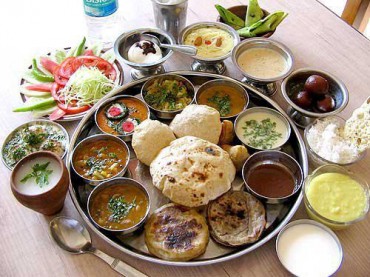











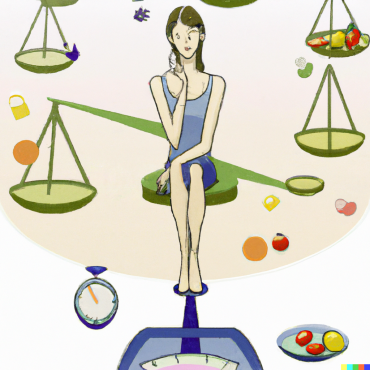
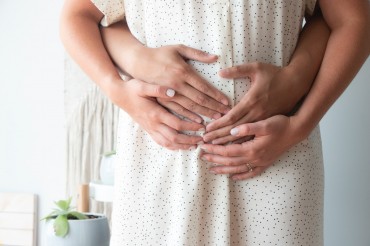
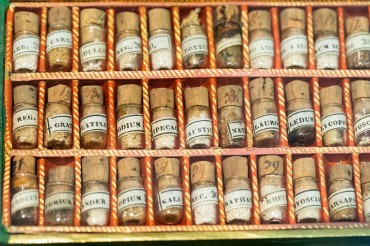
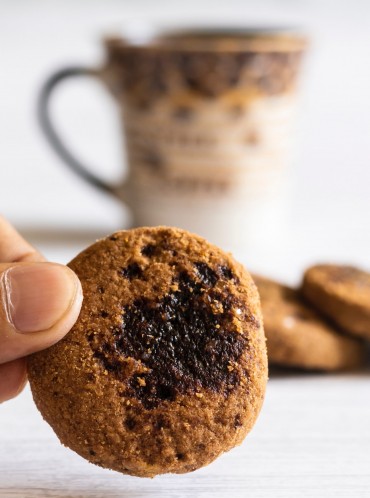
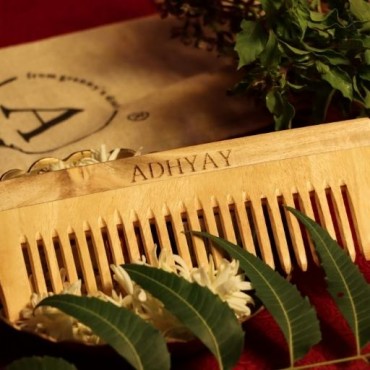
Comments